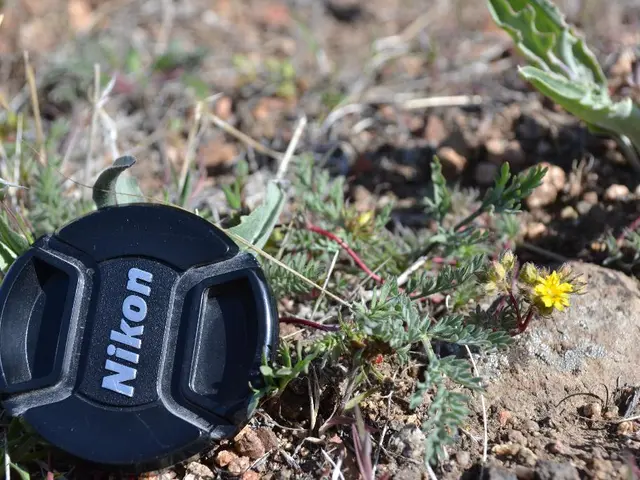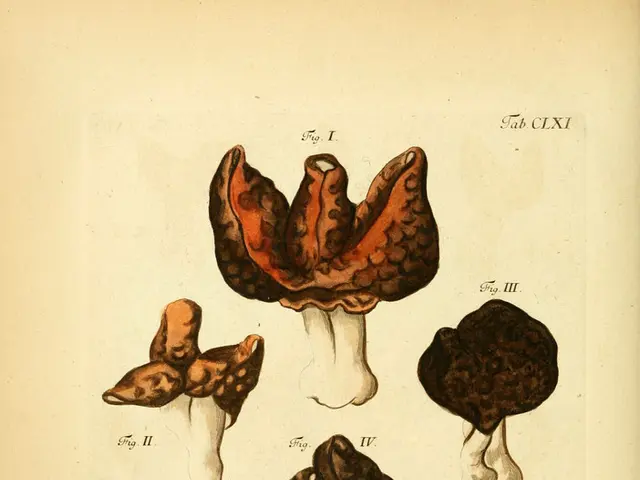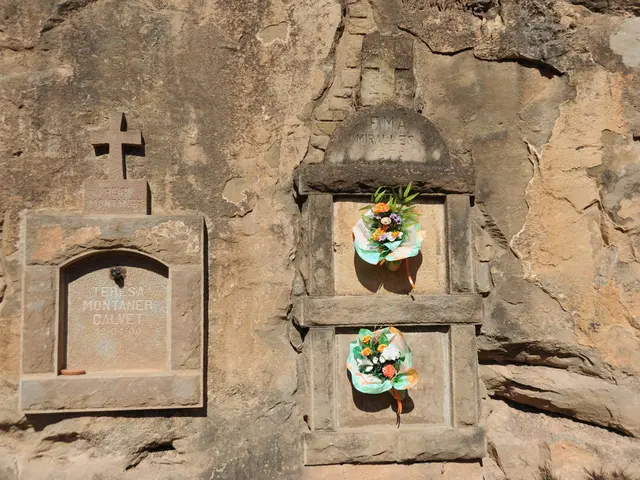Comprehensive Guide to the Ideal Soil for Epiphyllum Oxypetalum: Insights and Recommendations
The Epiphyllum oxypetalum, commonly known as the Queen of the Night cactus, is a captivating plant that flourishes in specific soil conditions. To create the ideal environment for this stunning plant, it's essential to replicate its natural epiphytic conditions and maintain moisture without waterlogging.
First, let's discuss the recommended soil ingredients. A standard cactus soil mix serves as a solid base, providing excellent drainage on its own. To further enhance drainage and aeration, incorporate grit or perlite into the mix. A well-balanced mixture such as three parts loam-based compost, two parts grit or perlite, and one part peat-free multipurpose compost will help achieve the desired balance between moisture retention and drainage. Loam-based compost is also essential for providing organic matter that retains some moisture and nutrients.
It's crucial to avoid heavy or clay soils, as they can trap water and reduce airflow around the roots.
The Queen of the Night cactus prefers slightly acidic to neutral pH conditions, with an optimal range from acidic to slightly alkaline. Maintaining slightly acidic pH levels, around 5.5 to 6.5, can slightly enhance nutrient availability for the plant.
Soil maintenance practices are equally important. Maintain sharp drainage at all times, as overwatering can lead to root rot. Use pots with adequate drainage holes, and consider heavier pots such as terracotta to stabilize the often top-heavy stems. To improve humidity without waterlogging, place the pot on a tray filled with gravel, ensuring the pot's base level remains below the water line.
Rotate the plant periodically to promote even growth and prevent soil compaction on one side. Regularly inspect the soil for compaction and moisture levels, ensuring it remains loose, porous, and airy. Signs of distress, such as yellowing leaves, a musty odour, or swampy soil, may indicate overwatering, poor drainage, or root rot.
To achieve the desired soil texture, you can start with organic potting soil and add perlite, pumice, or coarse sand. Commercial potting mixes designed for orchids or succulents can also be used, as they tend to be lightweight and promote good aeration.
Incorporate a thin layer of compost or worm castings every few months to replenish nutrients. Orchid bark or coconut coir can also be used to mimic the plant's natural growth environment and create air pockets for the roots.
Regular soil testing and maintenance are crucial to ensure optimal growth and blooming. Annual refreshing of the soil is necessary to prevent nutrient depletion and disrupt any disease cycles. Enhance drainage and aeration by adding perlite, coarse sand, or pine bark to the soil mix.
The Epiphyllum oxypetalum thrives in slightly acidic soil with a pH between 5.5 and 6.5. With the right soil mix and maintenance practices, you can help this beautiful cactus flourish and produce its stunning night-blooming flowers.
To create an optimal growing environment for the Queen of the Night cactus, consider using a soil mixture that includes loam-based compost, grit or perlite, and peat-free multipurpose compost. The ratio of three parts loam-based compost, two parts grit or perlite, and one part peat-free multipurpose compost will provide the necessary balance between moisture retention and drainage. Furthermore, gardening enthusiasts interested in home-and-garden projects may find it rewarding to cultivate this intriguing plant by focusing on maintaining lifestyle factors that mimic its natural epiphytic conditions.








